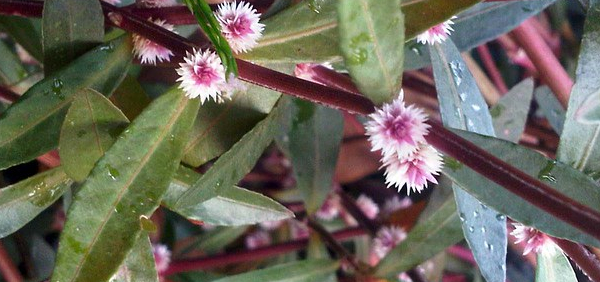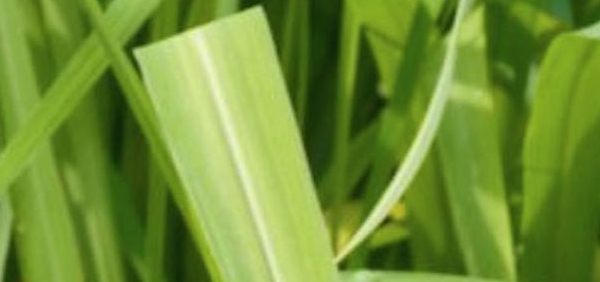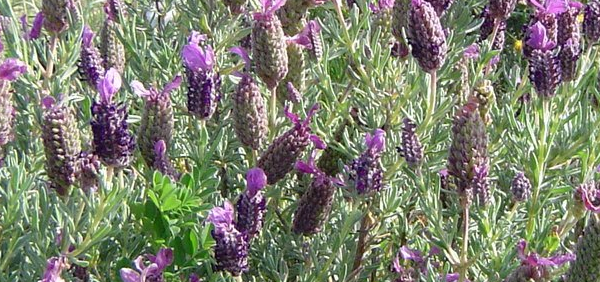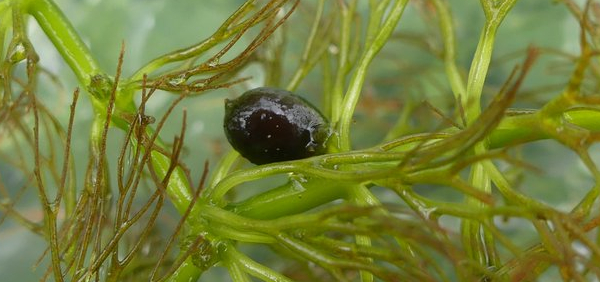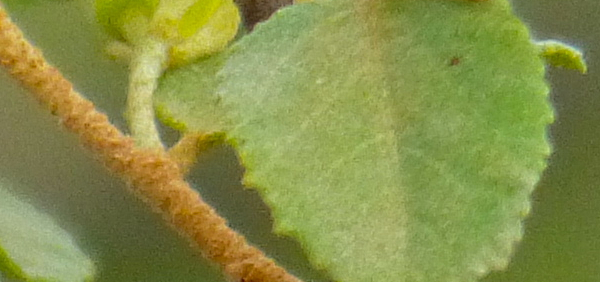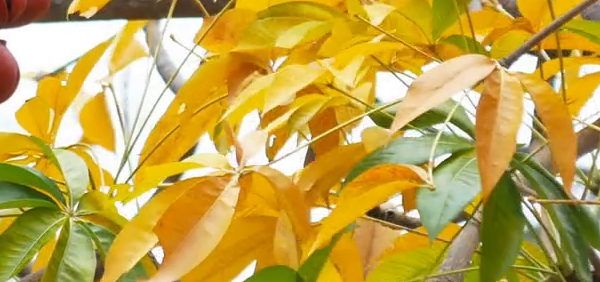shpriparna :

Cultivation:
A plant of the tropics and subtropics, it is adapted to a seasonal monsoon climate and a dry season of up to 6 months species. However, for optimal growth more than 1,000 mm of annual rainfall is required and it can succeed in areas with 4,500mm
It is tolerant of some frost, surviving minimum temperatures of -4°c, and can also tolerate temperatures as high as 45°c Prefers a fertile, loam soil and a position in full sun
Succeeds in poor soils
but growth is retarded on badly drained or stony soils
Grows best in an acid to neutral soil
Succeeds in alkaline soils
Older trees are very drought-resistant and can withstand up to 9 dry months and mean annual rainfall of only 400 mm
The tree is very invasive, showing pioneer characteristics, and can become a serious weed, as has been the case in Australia
Seedlings and saplings have a strong taproot with numerous fibrous lateral roots, some of which may later develop into large superficial roots
Young trees may grow fast; under exceptional conditions, they may reach 3.7 metres in 1 year, as much as 11 metres in 5 years and 15 metres in 10 years, but more usually growth rates are 5 metres in 5 years, 10 metres in 10 years and 17 metres (with a mean bole diameter of 25 cm) in 20 years
Trees are often surrounded by numerous root suckers
It is a strong light demander and only vigorous trees attain larger sizes in dense stands, suppressing weaker trees
Propogation:
Seed - usually the seeds are not extracted from the pods, but the pods are broken into 1-seeded pieces
Seeds have no dormancy, and the germination rate may be almost 100% when fresh seed from mature trees is used
Pre-treatment of seeds is not necessary, but soaking in water for 12 - 24 hours accelerates germination
Germination of fresh seed takes 7 - 21 days
Shading is recommended during the hottest hours of the day during the germination period
Like many species within the family Fabaceae, once they have been dried for storage the seeds of this species may benefit from scarification before sowing in order to speed up germination. This can usually be done by pouring a small amount of nearly boiling water on the seeds (being careful not to cook them!) and then soaking them for 12 - 24 hours in warm water. By this time they should have imbibed moisture and swollen - if they have not, then carefully make a nick in the seedcoat (being careful not to damage the embryo) and soak for a further 12 hours before sowing
When stored dry or in a cold store, seeds remain viable for up to 1.5 years. Viability is maintained for 4 years in hermetic storage and 1 - 2 years when stored in airtight containers under dry, cool conditions
Root suckers and root and stem cuttings can also be used for propagation.
Harvesting:
Trees may start flowering at an early age; in experimental plantations in Tanzania they started to flower 3 years after planting[299
].
Trees can be coppiced, although it has been observed that coppiced trees lose vigour after 2 - 3 rotations
- » Classification and names of shpriparna
- » Synonyms and definitions of shpriparna
- » Drug Properties of shpriparna
- » Chemical Constituents of shpriparna
- » Standardization of shpriparna
- » Parts used and Dosage of shpriparna
- » Morphology and Histology of shpriparna
- » Distribution and Conservation of shpriparna
- » Cultivation of shpriparna
- » shpriparna in the market
- » Medicinal Uses of shpriparna
- » Researches and clinical trails of shpriparna
- » shpriparna in other sytems of medicine
- » Ayurvedic formulations with shpriparna
- » Images of shpriparna



